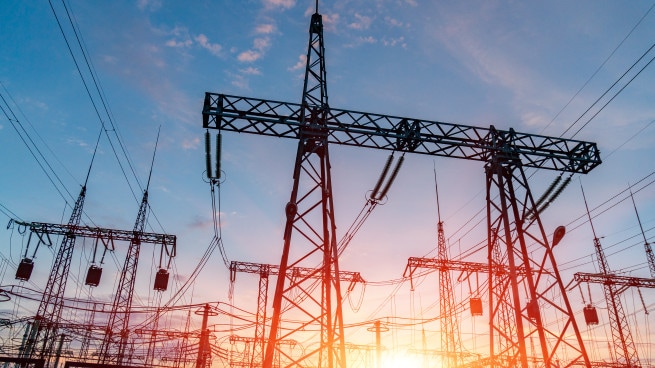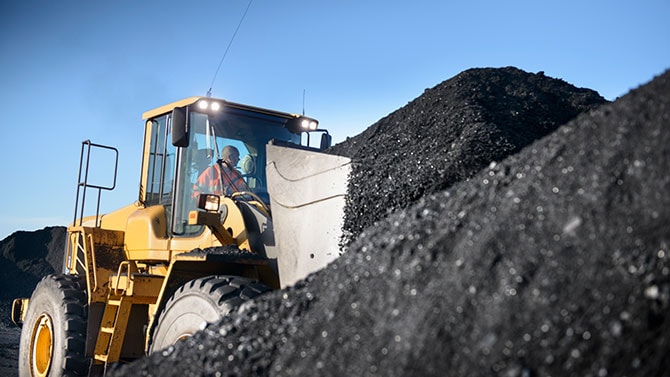Need for optimising the current requirements while promoting sustainable energy security
India’s push in the last decade towards renewables is aligned with the global move away from fossil fuel-based energy. Over the past decade or so, the share of thermal capacity and specifically coal has been decreasing, while RE-based capacity has been gaining significant momentum.
As mentioned at the onset, India, as part of its COP 26 goals, has pledged to develop 50% of its installed generation capacity based on non-fossil fuel sources by 2030, reduce its projected carbon emissions by 1 billion tonnes, reduce the carbon intensity of the economy by 45% and have 500 GW of non-fossil fuel-based energy capacity in place. These form part of India’s five-point action plan, ‘Panchamrit’, announced at the Glasgow summit in 2021, with a long-term commitment of net zero carbon emissions by 2070. This will necessitate tilting the mix of capacities under implementation in favour of RE projects.
On the flip side, we are structurally dependent on coal for the majority of our energy needs. With one of the world’s largest coal reserves, for India coal is more than an engine of economic development as it plays a critical role in ensuring energy security. But for the greater good and for building a sustainable ecosystem, it is crucial to optimise coal-based generation and make it more efficient and cleaner. Also, it is worthwhile to remember that coal can only sustain us in the interim period; critical measures need to be taken to balance our dependence on coal and ensure a smooth transition to a green economy.
Having an appropriate mix of generation technologies is needed to meet India’s changing demand profile. The decarbonisation of the economy underscores the development of non-fossil fuel-based sources of generation. At the same time, partially utilised thermal power plants need to be retrofitted to offer additional flexibility (ramp-up/ramp-down), which will help integrate variable RE sources without impacting grid stability. As we transition into an ESG-led clean energy future, our dependence on coal will gradually decrease. In the interim, we also need to optimise our utilisation of this abundant resource to meet the nation’s energy needs.




















